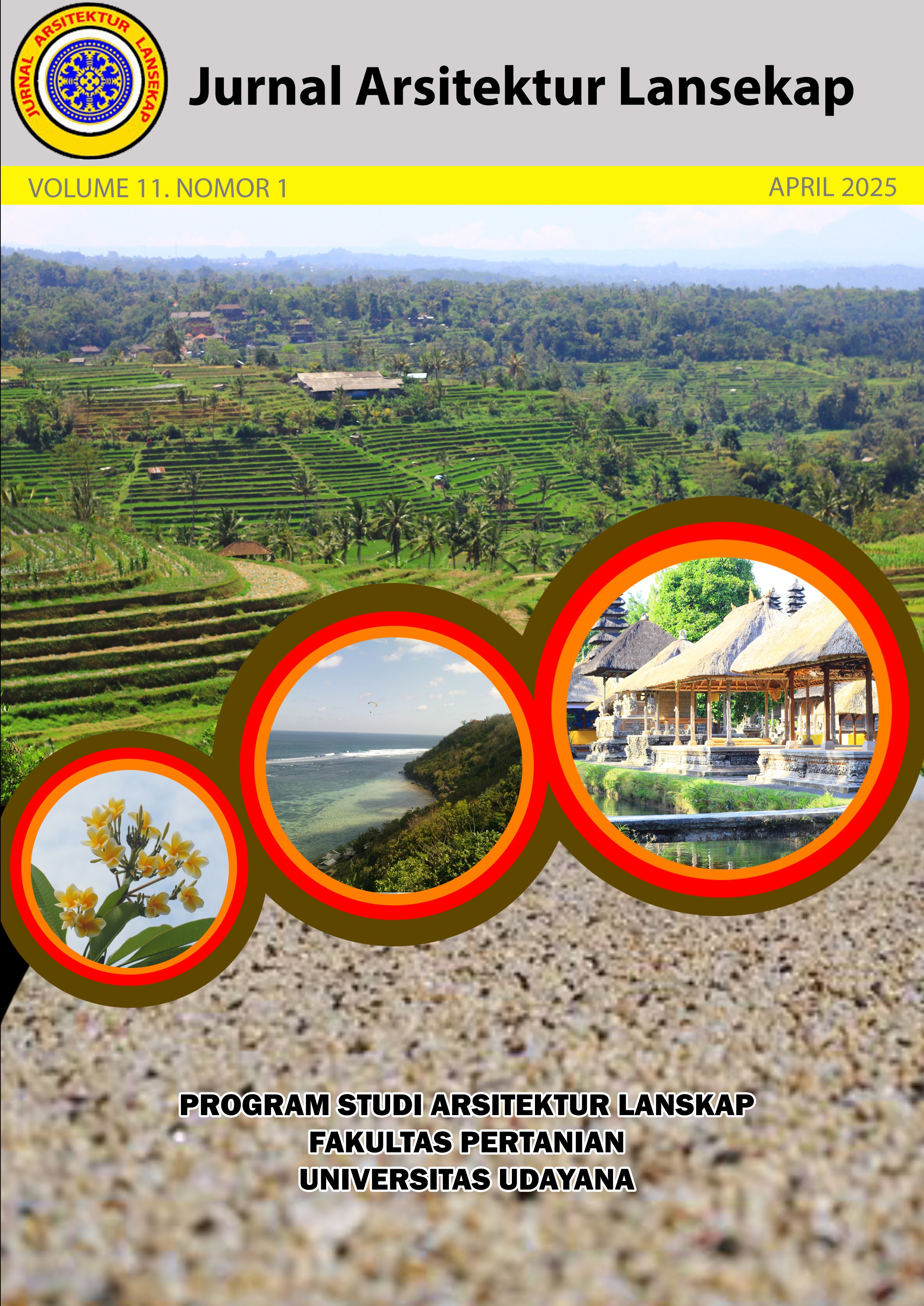Perancangan lansekap realitas virtual: transformasi rehabilitasi disabilitas
Abstract
The technology used in everyday life also advances throughout time. Likewise, as time goes on, there will undoubtedly be a rise in the number of persons with disabilities. People with this impairment have personalities that are distinct from those of typical people. Their primary personality trait is that they tend to withdraw from others since they perceive themselves as unique. Because keeping to oneself will adversely impact your psychological and mental wellbeing. Any form of therapy will be unsuccessful if mental and psychological health are compromised. It is entirely feasible to integrate rehabilitation techniques for people with disabilities with modern technology, such as virtual reality (VR). Virtual reality enables the creation of customized virtual settings and landscapes. With the support of a virtual environment, needs can be met quickly. treatment for individuals with impairments can be improved since the virtual environment can be displayed as a game application. Future environmental assets for therapeutic game applications have a great deal of promise thanks to research into the design process of virtual landscapes. The virtual landscape used in this study is used to demonstrate the efficacy of VR-based therapy using descriptive and simulation techniques. According to the research's findings, the comfort of the therapy process is greatly influenced by the visualization of virtual landscapes. Virtual landscapes must appear different from reality, like a dream world, and have features where patients can play and receive encouragement from pre-existing animations. in the digital VR environment.
Downloads
References
Aulia Putra, R. (2018). Peran Teknologi Digital dalam Perkembangan Dunia Perancangan Arsitektur. Elkawnie: Journal of Islamic Science and Technology, 4(1), 67–78. https://doi.org/10.22373/EKW.V4I1.2959
Berger, R. (2006). Nature Therapy Selected Articles. Journal of Systemic Therapies, 25(2), 80–94. https://primage.tau.ac.il/libraries/brender/booksf/2196718.pdf#page=6
Berto, R., Barbiero, G., Pasini, M., & Unema, P. (2015). Biophilic Design Triggers Fascination and Enhances Psychological Restoration in the Urban Environment. Journal of Biourbanism, 27–34. https://www.researchgate.net/publication/305912974
Bohil, C. J., Alicea, B., & Biocca, F. A. (2011). Virtual reality in neuroscience research and therapy. In Nature Reviews Neuroscience (Vol. 12, Issue 12). https://doi.org/10.1038/nrn3122
Bryant, L., Brunner, M., & Hemsley, B. (2019). A review of virtual reality technologies in the field of communication disability: implications for practice and research. Https://Doi.Org/10.1080/17483107.2018.1549276, 15(4), 365–372. https://doi.org/10.1080/17483107.2018.1549276
Burchett, N. (2014). Book Review: Qualitative Inquiry and Research Design: Choosing among Five Approaches. British Journal of Occupational Therapy, 77(8). https://doi.org/10.1177/030802261407700807
Camporesi, C., Kallmann, M., & Han, J. J. (2013). VR solutions for improving physical therapy. 2013 IEEE Virtual Reality (VR), 77–78. https://doi.org/10.1109/VR.2013.6549371
Moleong, L. J. (2019). Moleong, ” Metodologi Penelitian Kualitatif Edisi Revisi”. Bandung : Remaja Rosdakarya. PT. Remaja Rosda Karya.
Sahril, M., Saputra, A., & Satwikasari, A. F. (2019). Kajian Arsitektur Tradisional Sunda Pada Desain Resort. PURWARUPA : Jurnal Arsitektur Program Studi Arsitektur Fakultas Teknik Universitas Muhammadyah Jakarta, 3(4), 65–74. https://jurnal.umj.ac.id/index.php/purwarupa/article/view/3991/3708
Setiawan, A., & Satwikasari, A. F. (2021). Tinjauan Arsitektur Ekologis Pada Pusat Otomotif (Audi Centre, Singapura). Journal of Architectural Design and Development, 2(1), 44. https://doi.org/10.37253/jad.v2i1.4343
Suriaman, S. (2014). Efektivitas Pemenuhan Hak Dasar Pendidikan Penyandang Disabilitas di Kota Makassar. Skripsi. Fakultas Ilmu Sosial. http://eprints.unm.ac.id/2157/

This work is licensed under a Creative Commons Attribution-ShareAlike 4.0 International License.
An author who publishes in the Jurnal Arsitektur Lansekap (JAL) agrees to the following terms:
- Author retains the copyright and grants the journal the right of first publication of the work simultaneously licensed under the Creative Commons Attribution-ShareAlike 4.0 License that allows others to share the work with an acknowledgement of the work's authorship and initial publication in this journal
- Author is able to enter into separate, additional contractual arrangements for the non-exclusive distribution of the journal's published version of the work (e.g., post it to an institutional repository or publish it in a book) with the acknowledgement of its initial publication in this journal.
- Author is permitted and encouraged to post his/her work online (e.g., in institutional repositories or on their website) prior to and during the submission process, as it can lead to productive exchanges, as well as earlier and greater citation of the published work (See The Effect of Open Access).
Read more about the Creative Commons Attribution-ShareAlike 4.0 Licence here: https://creativecommons.org/licenses/by-sa/4.0/.







